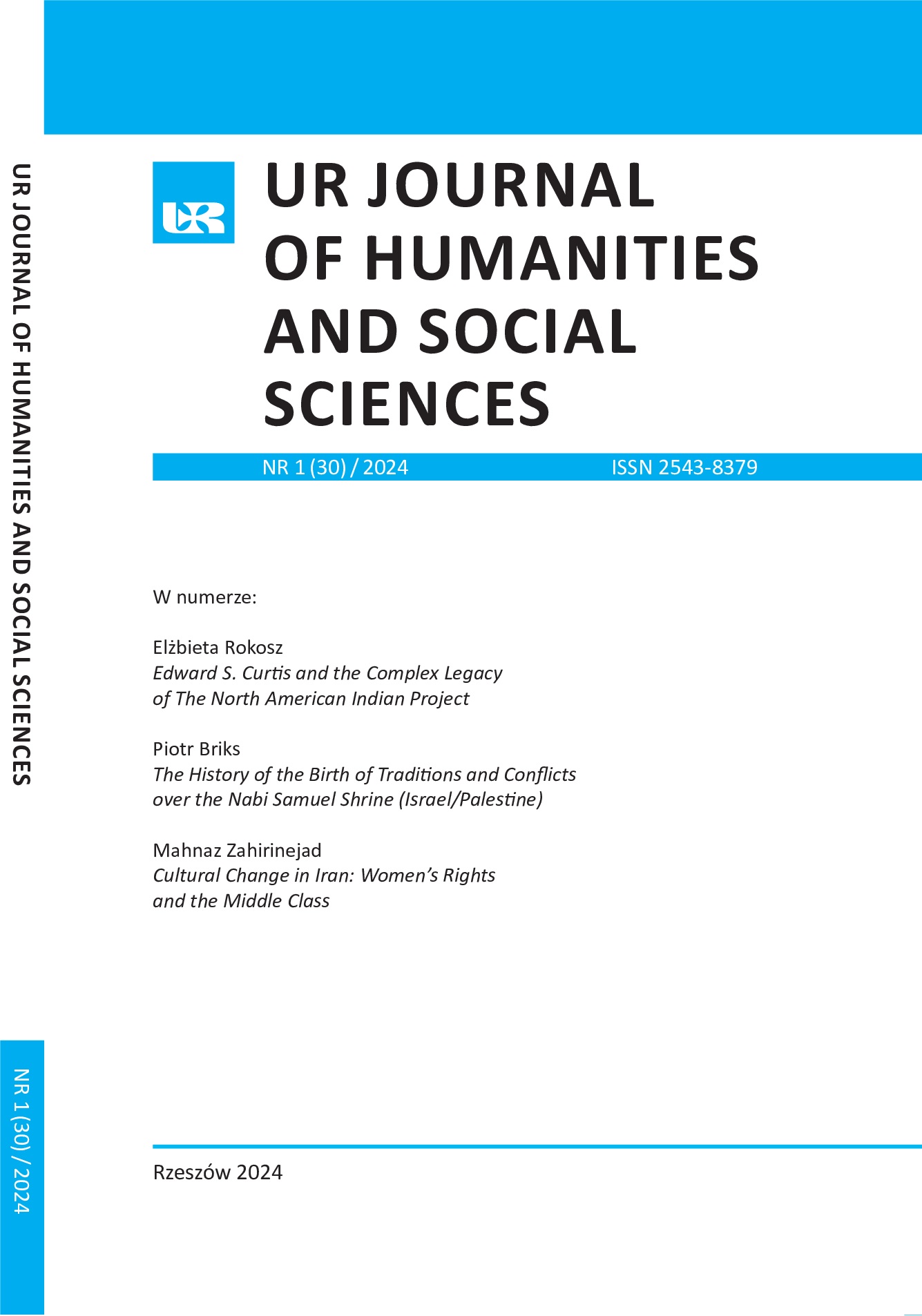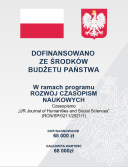Historia narodzin tradycji i konfliktów wokół sanktuarium Nabi Samuel (Izrael/Palestyna)
DOI:
https://doi.org/10.15584/johass.2024.1.3Słowa kluczowe:
Nebi Samwil, Mons Gaudii, Mount Joy, sanktuaria w Izraelu, Grób proroka SamuelaAbstrakt
Niemal zapomniany, maleńki bizantyjski klasztor (z IV w.) pw. proroka Samuela stał się w okresie wypraw krzyżowych jednym z najważniejszych miejsc na pielgrzymkowej mapie Ziemi Świętej. Sanktuarium, ważne początkowo wyłącznie dla chrześcijan, z czasem stało się celem pielgrzymek żydów, a później także muzułmanów. Każda z tych wspólnot religijnych pozostawiła niezatarte piętno na tradycjach i zwyczajach tego sanktuarium. W niektórych okresach udawało się czcić pamięć proroka Samuela w miarę zgodnie, ale przeważnie sanktuarium było źródłem konfliktów, a nawet krwawych bitew. W 1967 r. obszar wokół Nabi Samuel został włączony do Terytoriów Okupowanych przez Izrael. Ze względu na bogatą tradycję związaną z kultem proroka Starego Testamentu, ale także historyczno-polityczne znaczenie Nabi Samuel (utożsamianego ze starożytnym Mizpah) izraelskie władze próbowały uczynić to miejsce pomnikiem historii Izraela, a jednocześnie atrakcją turystyczną. Od tego czasu działania władz wywoływały ciągłe protesty i niepokoje. Jak ostatnio ujawniono, motywacje administracji izraelskiej miały charakter nie tylko religijny, historyczny i polityczny, ale także biznesowy, choć fakt ten jest ze wstydem ukrywany za wzniosłymi hasłami.
Downloads
Pobrania
Opublikowane
Jak cytować
Numer
Dział
Licencja
Prawa autorskie (c) 2024 Wydawnictwo Uniwersytetu Rzeszowskiego

Utwór dostępny jest na licencji Creative Commons Uznanie autorstwa – Użycie niekomercyjne 4.0 Międzynarodowe.



